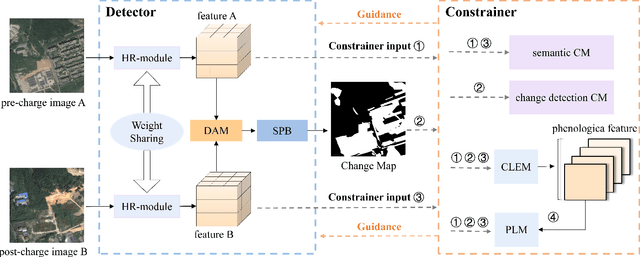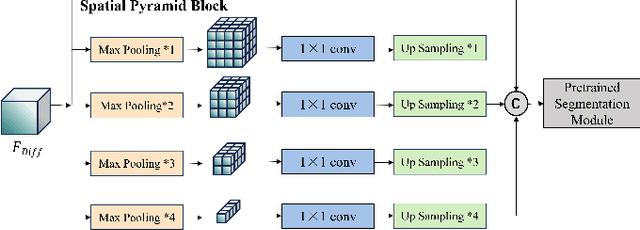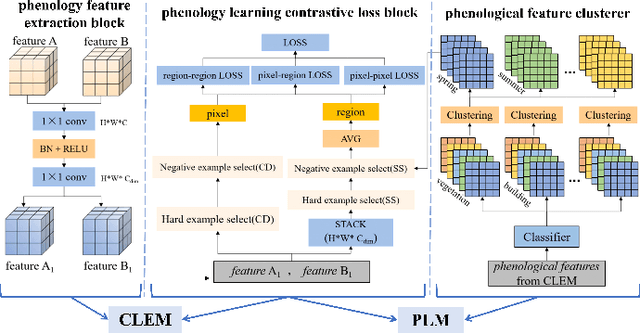Chenhao Sun
Average Certified Radius is a Poor Metric for Randomized Smoothing
Oct 09, 2024Abstract:Randomized smoothing is a popular approach for providing certified robustness guarantees against adversarial attacks, and has become a very active area of research. Over the past years, the average certified radius (ACR) has emerged as the single most important metric for comparing methods and tracking progress in the field. However, in this work, we show that ACR is an exceptionally poor metric for evaluating robustness guarantees provided by randomized smoothing. We theoretically show not only that a trivial classifier can have arbitrarily large ACR, but also that ACR is much more sensitive to improvements on easy samples than on hard ones. Empirically, we confirm that existing training strategies that improve ACR reduce the model's robustness on hard samples. Further, we show that by focusing on easy samples, we can effectively replicate the increase in ACR. We develop strategies, including explicitly discarding hard samples, reweighing the dataset with certified radius, and extreme optimization for easy samples, to achieve state-of-the-art ACR, although these strategies ignore robustness for the general data distribution. Overall, our results suggest that ACR has introduced a strong undesired bias to the field, and better metrics are required to holistically evaluate randomized smoothing.
Integrated Dynamic Phenological Feature for Remote Sensing Image Land Cover Change Detection
Aug 08, 2024



Abstract:Remote sensing image change detection (CD) is essential for analyzing land surface changes over time, with a significant challenge being the differentiation of actual changes from complex scenes while filtering out pseudo-changes. A primary contributor to this challenge is the intra-class dynamic changes due to phenological characteristics in natural areas. To overcome this, we introduce the InPhea model, which integrates phenological features into a remote sensing image CD framework. The model features a detector with a differential attention module for improved feature representation of change information, coupled with high-resolution feature extraction and spatial pyramid blocks to enhance performance. Additionally, a constrainer with four constraint modules and a multi-stage contrastive learning approach is employed to aid in the model's understanding of phenological characteristics. Experiments on the HRSCD, SECD, and PSCD-Wuhan datasets reveal that InPhea outperforms other models, confirming its effectiveness in addressing phenological pseudo-changes and its overall model superiority.
DeepAngle: Fast calculation of contact angles in tomography images using deep learning
Nov 28, 2022Abstract:DeepAngle is a machine learning-based method to determine the contact angles of different phases in the tomography images of porous materials. Measurement of angles in 3--D needs to be done within the surface perpendicular to the angle planes, and it could become inaccurate when dealing with the discretized space of the image voxels. A computationally intensive solution is to correlate and vectorize all surfaces using an adaptable grid, and then measure the angles within the desired planes. On the contrary, the present study provides a rapid and low-cost technique powered by deep learning to estimate the interfacial angles directly from images. DeepAngle is tested on both synthetic and realistic images against the direct measurement technique and found to improve the r-squared by 5 to 16% while lowering the computational cost 20 times. This rapid method is especially applicable for processing large tomography data and time-resolved images, which is computationally intensive. The developed code and the dataset are available at an open repository on GitHub (https://www.github.com/ArashRabbani/DeepAngle).
 Add to Chrome
Add to Chrome Add to Firefox
Add to Firefox Add to Edge
Add to Edge